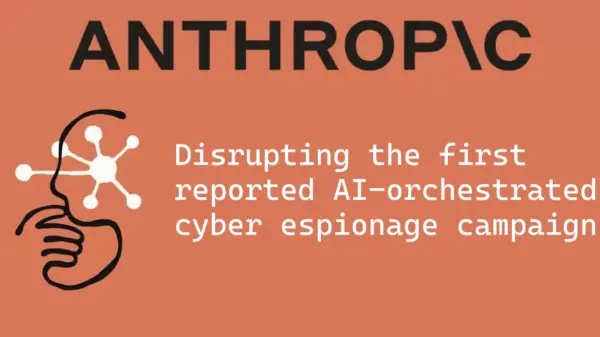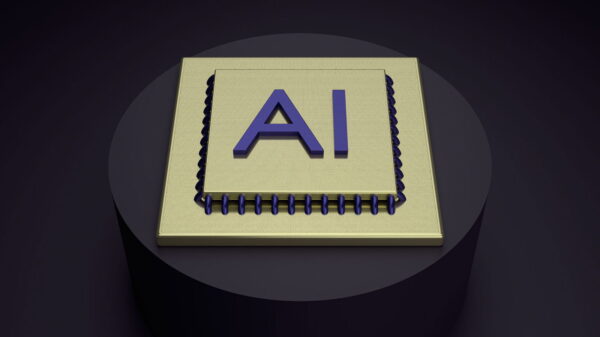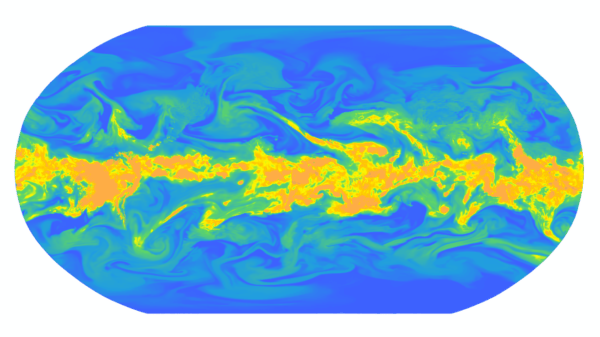In a notable advancement for the pharmaceutical industry, Eli Lilly and NVIDIA are collaborating to deploy an AI supercomputer equipped with over 1,000 GPUs. This state-of-the-art infrastructure aims to revolutionize drug discovery, streamline clinical development, and enhance manufacturing processes.
According to Diogo Rau, Executive Vice President and Chief Information and Digital Officer at Eli Lilly, “I don’t believe any other company in our industry is doing what we do at this scale. We can set a new scientific standard that accelerates innovation to deliver medicines to more patients, faster.” This ambitious project is set to redefine how pharmaceuticals are developed and produced.
The AI supercomputer will operate entirely on renewable energy and will utilize Eli Lilly’s chilled-water infrastructure for liquid cooling, reinforcing the company’s commitment to achieving carbon neutrality by 2030. The infrastructure features more than 1,000 DGX B300 GPUs connected through a high-speed unified fabric, capable of processing large-scale data for molecular modeling, imaging, and manufacturing simulations.
Transforming Drug Discovery with AI
This supercomputer will augment Eli Lilly’s “AI factory,” a platform designed to integrate artificial intelligence into various stages of drug discovery, development, and manufacturing workflows. As noted by Kimberly Powell, VP of Healthcare at NVIDIA, “Modern AI factories are becoming the new instrument of science, enabling the shift from trial-and-error discovery to a more intentional design of medicines.”
See also Sakana AI Secures $135M Series B Funding, Valued at $2.65B for Japanese Market Expansion
Sakana AI Secures $135M Series B Funding, Valued at $2.65B for Japanese Market ExpansionBy harnessing this advanced computing power, scientists will be able to train AI models on millions of experiments, facilitating a more efficient clinical development process and improving manufacturing productivity. Furthermore, the platform is expected to bolster imaging-based biomarker development, paving the way for personalized care.
In cleanroom and controlled-environment operations, this technology will enable the integration of digital twins, AI-driven imaging, and data-driven process optimization directly into facility and production management. Such innovations could significantly enhance real-time monitoring and predictive modeling, leading to better quality control and operational efficiency.
Looking ahead, Eli Lilly may leverage federated AI platforms like TuneLab to connect its various sites. Federated AI allows models to learn from data stored in different locations without transferring the data, thus maintaining privacy. By integrating insights from multiple laboratories and factories, Lilly aims to enhance its manufacturing processes, improve quality control, and facilitate faster, data-driven decision-making across the organization.
This strategic partnership between Eli Lilly and NVIDIA marks a significant step forward in the application of AI within the pharmaceutical sector. As the industry continues to evolve, the implications of such advancements are profound, with potential to not only accelerate the pace of drug development but also to improve outcomes for patients worldwide.





































































